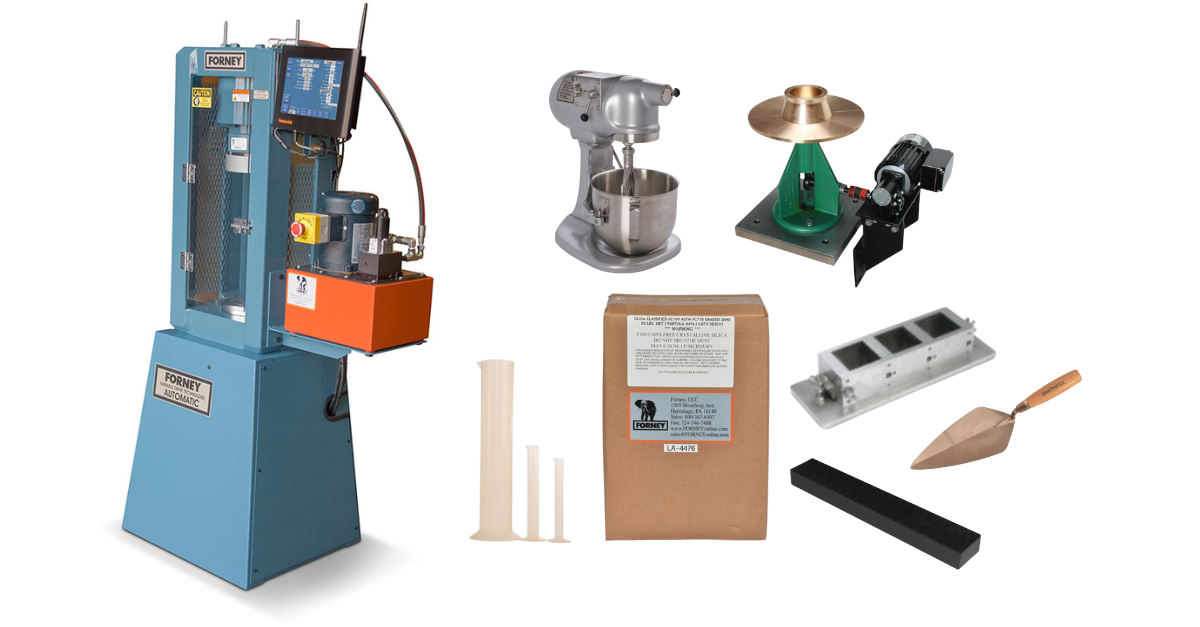Hydraulic cement mortar is a type of construction material that’s commonly used for repair work or to create durable bonds in masonry applications. To ensure strong, reliable bonds, material testers must verify that the mortar meets the specified compressive strength according to ASTM C109.
As a material used to hold other materials together, hydraulic cement mortar contributes to the overall longevity of a structure. If it falls short, the entire structure can be compromised, no matter how strong the materials around it.
ASTM C109 includes the standard method of testing compressive strength of hydraulic cement and other mortars. It also includes guidance around preparing the 50mm x 50mm x 50mm cube specimens. ASTM C349 is an alternative method that determines the compressive strength of hydraulic cement mortars, using portions of prisms made and broken in flexure instead of cubes.
In this simple guide, we cover the basics of ASTM C109:
- What is hydraulic cement mortar?
- Recommended equipment for ASTM C109
- ASTM C109 test preparation, procedure & results
What Is Hydraulic Cement Mortar?
Hydraulic cement mortar is a type of mortar that sets and hardens through a chemical reaction with water. It contains hydraulic cement, which can harden even underwater or in damp conditions.
The most common type of cement used in hydraulic cement mortar is portland cement, which is a fine powder that works as a binding agent after reacting with water to form a hard, durable mass. Hydraulic cement mortar may also use air-entraining portland, portland-limestone, or air-entraining portland-limestone cements, mixed at a specified water content.
These qualities make it an ideal material for masonry construction, repair work and sealing surfaces in areas exposed to water, like foundations.
RELATED: SIMPLE GUIDE TO SAMPLING & TESTING CONCRETE MASONRY UNITS
Here’s what you will need to test hydraulic cement mortar according to ASTM C109.
Recommended Equipment for ASTM C109
Weights and weighing devices to determine the mass and volume of hydraulic cements, according to ASTM C1005.
A glass graduate to measure and dispense precise volumes of water and other liquid additives for consistent mix proportions.
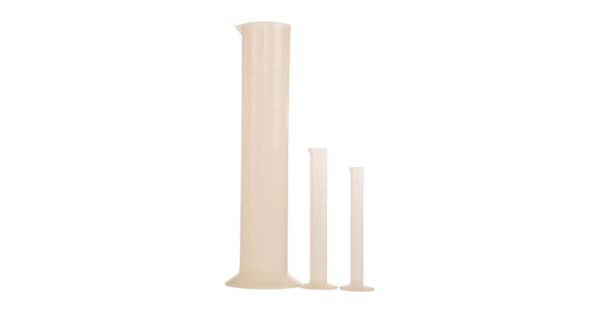
Cube test sand to act as the fine aggregate in the mortar mix, providing bulk, stability, and workability while influencing strength and durability, as specified in ASTM C778.

Specimen molds to shape the mortar into standardized test specimens for compressive strength testing. You will also need a release agent, light cup grease (such as petrolatum) and a watertight sealant (like microcrystalline wax) to prepare the molds for specimens.
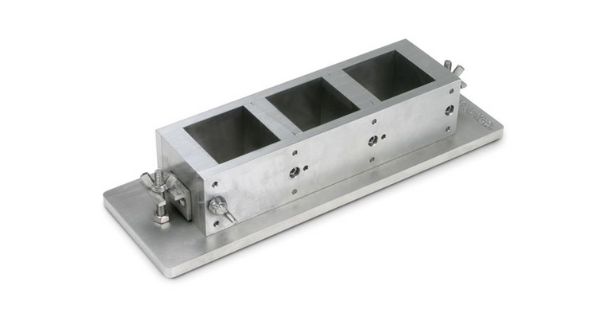
A mixer to uniformly mix the cement, water, and sand, ensuring a consistent and homogenous mortar batch for testing.
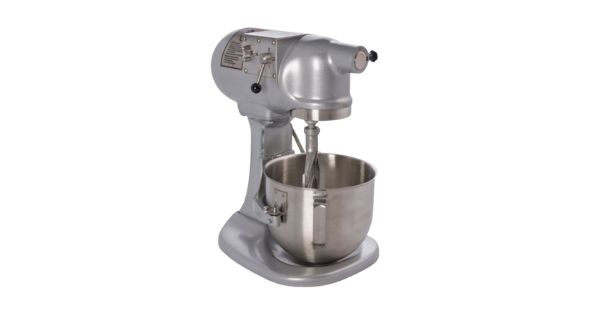
A flow table and flow mold to measure the flow and workability of the mortar, assessing its consistency and plasticity according to ASTM C230.
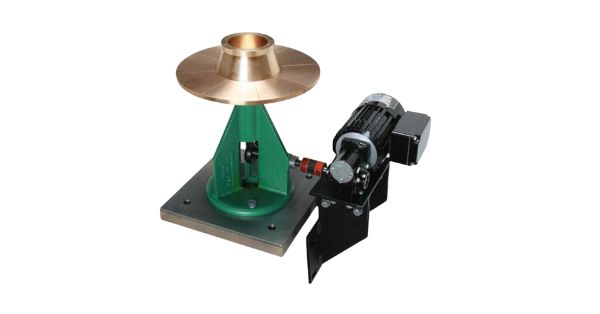
A tamper to compact mortar into molds, removing air pockets and ensuring uniform density in test specimens, and a trowel to place, spread, and smooth mortar in the molds, ensuring proper filling and surface finishing.
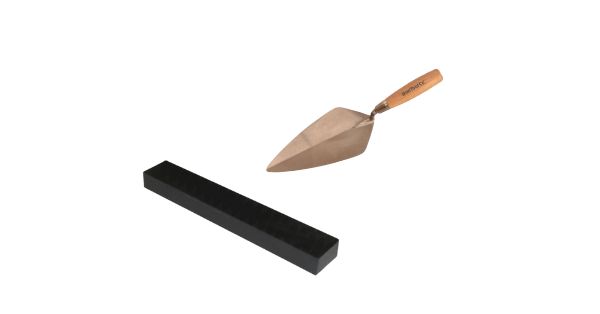
A moist cabinet or room to provide controlled temperature and humidity conditions for curing specimens, ensuring standardized hydration and strength development, according to ASTM C511.
A compression testing machine to apply compressive force to the hardened mortar specimens.
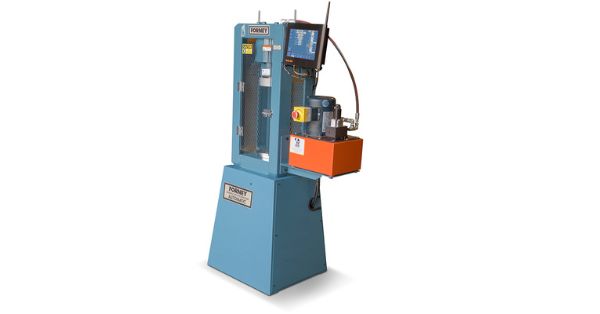
For reliable measurements and calculations, many testers are using Connected Compression Machines for hydraulic cement mortars, which includes automatic controls and integrated testing software.
Connected machines provide pre-test “Smart Checks” to validate test parameters and measurements and run automatic preload calculations. During the test, the machine automatically controls the rate. After, calculations and values transfer to your LIMS or other software of choice.
With this equipment, you’re ready to conduct a compressive strength test according to ASTM C109.
ASTM C109 Test Preparation, Procedure & Results
- Prepare specimen molds by cleaning, coating, and sealing the mold.
- Mix a batch of mortar for each test age.
- Move mortar to flow table to measure and record the flow.
- Return mortar to mixer and mix for 15 more seconds.
- Mold test specimens no more than 2 minutes and 30 seconds after mixing.
- Place a layer of mortar about 25 mm in each cube compartment.
- Tamp the mortar 32 times in 10 seconds, four times.
- Fill the cube mold with remaining mortar.
- Tamp the second layer.
- Use the trowel to level the mortar with the top of the mold.
- Place test specimens in the moist closet or room from 20 to 72 hours with upper surfaces exposed to air (but protected from dripping water).
- Remove specimens from molds and submerge them in lime-saturated water for curing until testing (except for 24-hour specimens; keep those in the moist closet/room on the shelves).
- Conduct compressive strength test for each test age: 24 hour, 3 day, 7 day, and 28 day
- Wipe excess moisture from the specimen surfaces before testing.
- Place the specimen in the testing machine with the loading faces aligned.
- Apply load at a rate of 900 to 1800 N/s (200 to 400 lbf/s) during the first half of the anticipated maximum load and then make no rate adjustments in the latter half of the loading through failure.
- Record the maximum load applied to each specimen at failure and calculate the compressive strength.
- Report results including flow to the nearest 1%, water used to the nearest 0.1%, specimen age, curing conditions, and average compressive strength of tested specimens.
Conclusion
ASTM C109 ensures material testers follow standard test methods for compressive strength testing of hydraulic cement mortars. While this simple guide includes everything you need to get started, please review the current ASTM standard for the most up-to-date requirements.
Forney has the machines, accessories, and software necessary for ASTM C109. Shop the Forney store today or find your machine.
